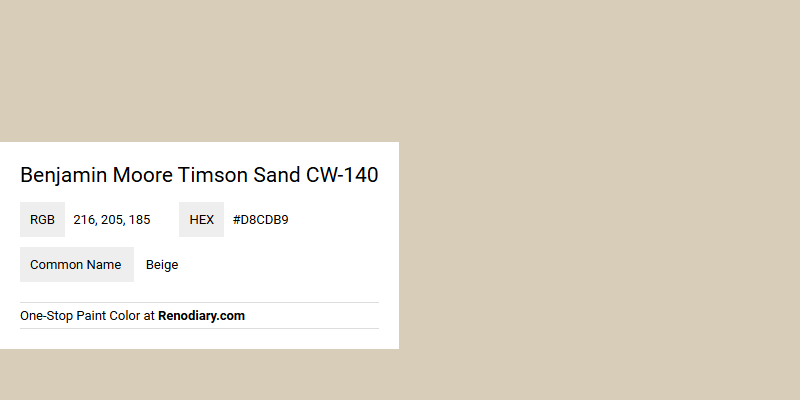
Benjamin Moore's Timson Sand CW-140, characterized by its RGB values of 216, 205, 185, offers a soothing and versatile beige hue. This color works harmoniously in various design schemes, providing a warm and neutral backdrop that enhances both modern and traditional interiors. Its subtle elegance makes it an excellent choice for creating a calming atmosphere in living spaces or offices.
Timson Sand CW-140
Color Description
Timson Sand CW-140 is a warm, neutral beige color modeled after a 1750s color found at the Timson House. It is part of a collection that recreates historic colors from the early years of the nation.
Undertones
This color has subtle warm undertones, giving it a soft and inviting appearance.
Color Values
The hex code for Timson Sand CW-140 is #d8cdb9, indicating a light to medium beige shade.
Usage
Timson Sand CW-140 is versatile and can be used in various rooms to create a classic and timeless look. It is suitable for walls and can complement a range of interior design styles, from traditional to contemporary.
Atmosphere
This color helps to create a warm, welcoming, and calming atmosphere. It can add a sense of history and elegance to a room while maintaining a neutral background that does not overpower other design elements.
Benjamin Moore Timson Sand CW-140 Color Alternative
Benjamin Moore Timson Sand CW-140 offers a refined balance of warm neutrals that can seamlessly elevate any interior design. For those seeking an alternative, Tikkurila Shawl Y467, Tikkurila Repose H450, and Dulux Raw Cashmere 40YY 60/103 present distinctive variations that maintain a similar inviting ambiance. Each alternative provides a unique twist on the original, allowing for creative flexibility while preserving the sophistication of the source color.
Bathroom
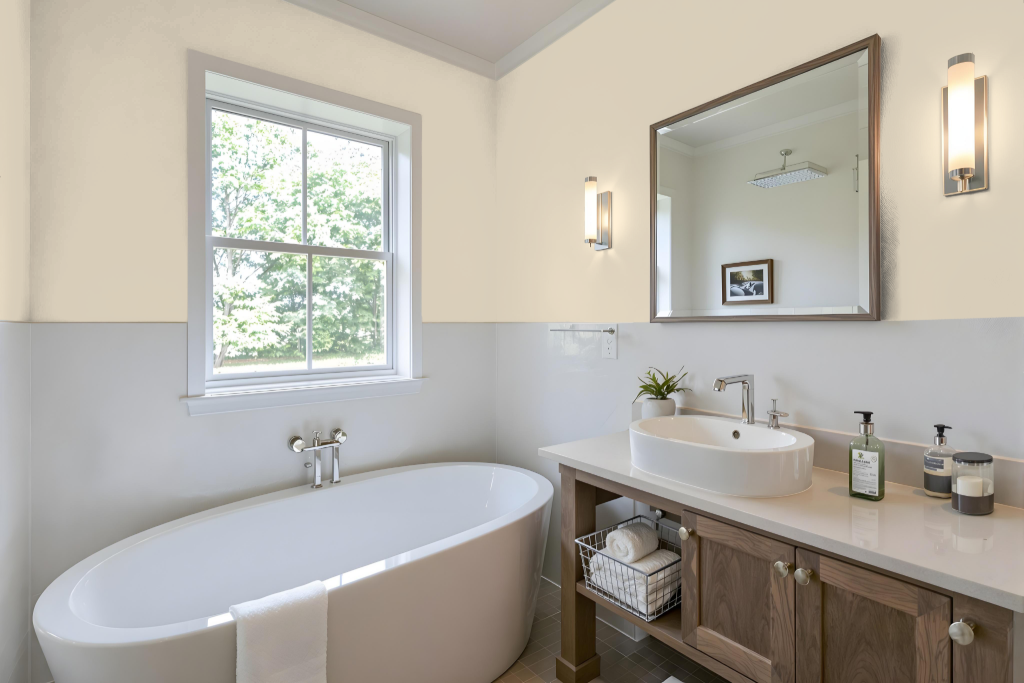
Benjamin Moore’s Timson Sand CW-140 is an excellent bathroom paint choice that blends historic inspiration with strong practical benefits. Inspired by America’s Colonial Period, this color adds a touch of refined elegance to your bathroom while performing reliably in high-humidity environments and resisting mildew.
Designed to accommodate different lighting conditions and high-traffic areas, it is available in finishes that ensure ease of cleaning and maintenance. By offering a sample in eggshell finish, it allows you to visualize the color’s effect in your space before proceeding with your full paint project.
Bedroom
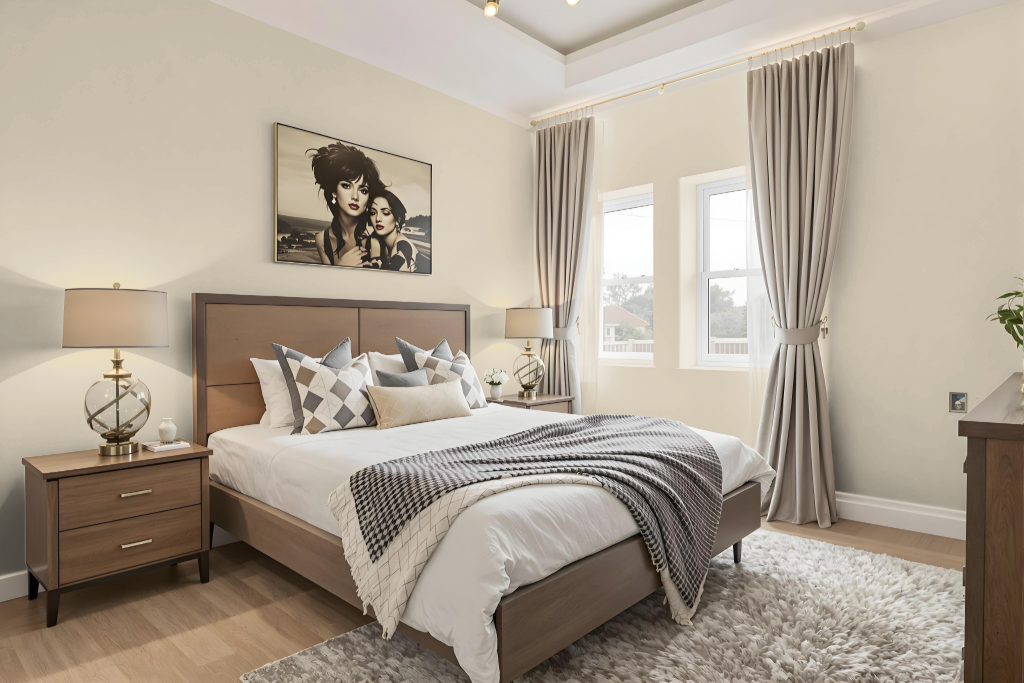
Benjamin Moore's Timson Sand CW-140 is an excellent choice for a bedroom color that offers calming neutrality and enhances the overall ambiance. Its warm hues blend naturally with organic elements like wood and rattan while pairing beautifully with soft shades such as ivory, taupe, and dusty blue to create an inviting space.
To further enrich the serene atmosphere, consider adding accents in muted greens and blush pinks for a refined touch. Incorporating blue-toned complementary colors or creating a monochromatic look with lighter and darker shades can yield a balanced and sophisticated environment.
Kitchen
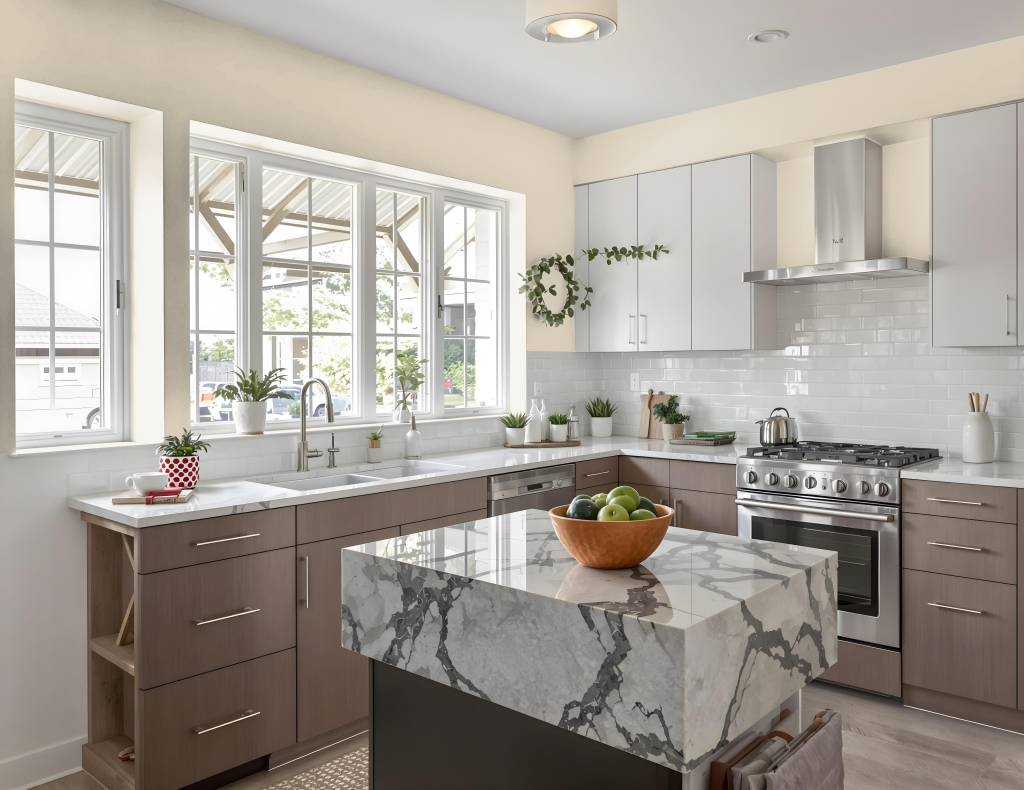
For a kitchen color scheme, Benjamin Moore’s Timson Sand CW-140 offers a warm and inviting backdrop that harmonizes with soft hues like ivory, taupe, and dusty blue across different surfaces such as cabinets, countertops, or walls. This foundation supports a monochromatic approach where lighter tones like Lace Handkerchief (CSP-220) and darker accents such as Huntington Beige (HC-21) can be strategically applied to trim and details, creating a balanced, layered aesthetic.
Building on this base, a complementary approach introduces blue-inflected shades like Normandy or Feather Gray to infuse dynamic contrast and energy into the space. Incorporating natural elements such as wood and rattan further elevates the organic appeal, while subtle touches of muted greens and blush pinks enhance the overall sophistication of the design.
Living Room
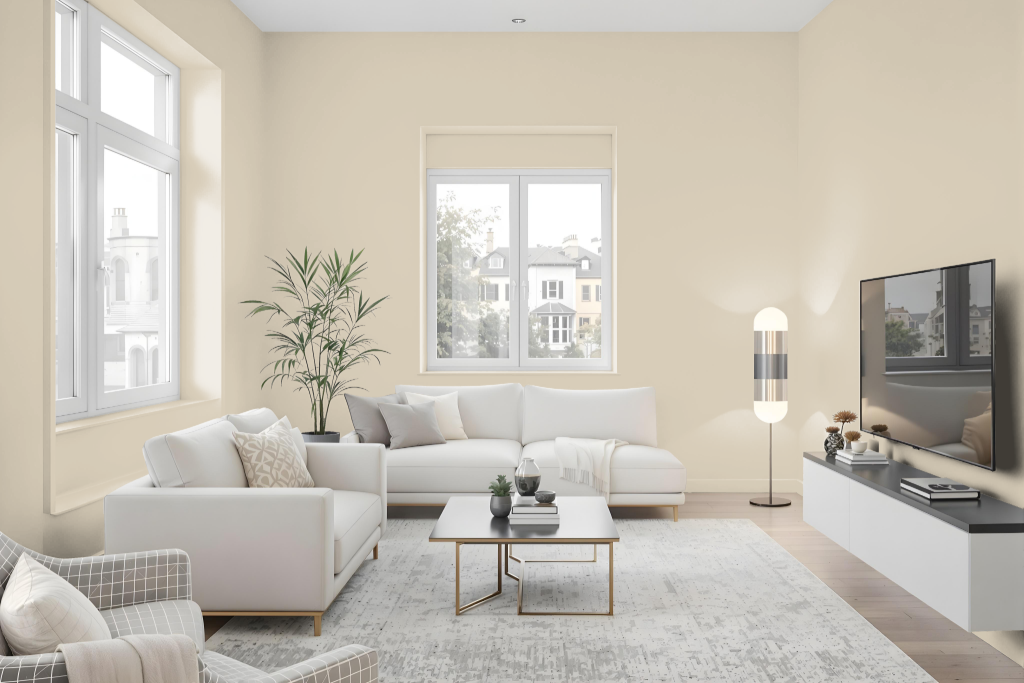
Timson Sand CW-140 is an excellent living room color that creates a calm and inviting atmosphere. Drawing inspiration from the historic hues of Colonial Williamsburg, Virginia, this shade forms the elegant foundation for spaces throughout the home, including bedrooms and hallways.
It harmonizes beautifully with natural textures like wood and rattan and pairs well with subtle accents such as muted greens and blush pinks to enhance its serene appeal. Offered in several finishes across multiple Benjamin Moore paint lines, it meets varied needs for different areas and levels of activity.
Outdoor
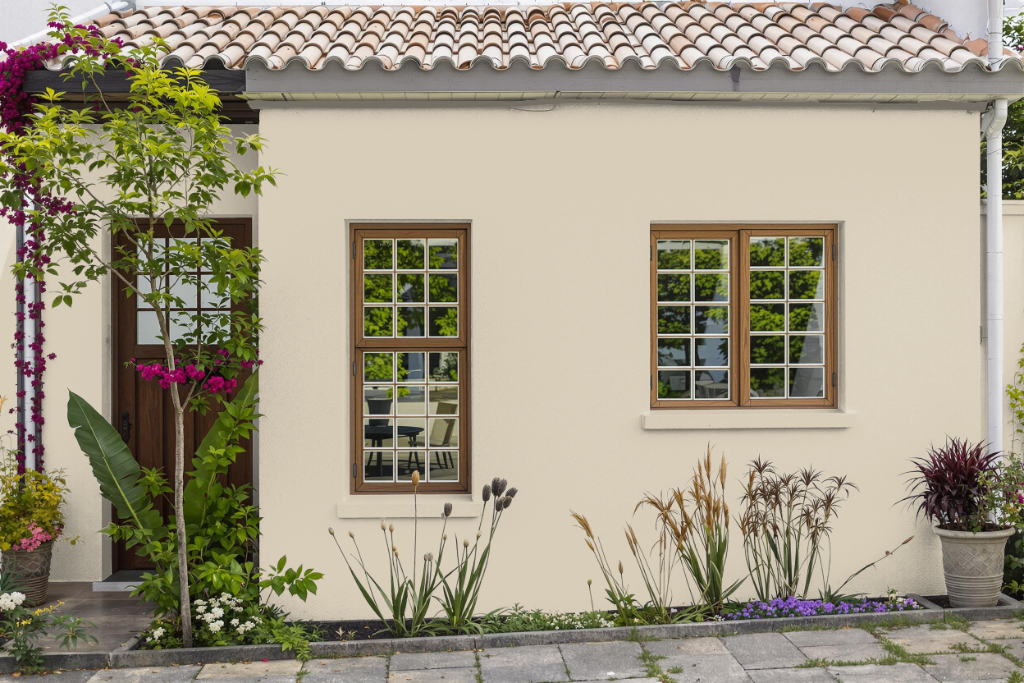
Home outdoor color using Benjamin Moore’s Timson Sand CW-140 brings a refined look to any facade, though it is designed strictly for interior environments. Its formulation lacks the resilience required for enduring sun exposure and harsh weather, making it unsuitable for exterior applications despite its appealing aesthetic.
For those wishing to evaluate its appearance in various lighting conditions, applying an 8 oz. paint sample to a wall or foam board can provide valuable insight. When planning an outdoor project, it is essential to choose a product specifically engineered to withstand the challenges of the outdoor environment.
